

Today we’d like to introduce you to Yiqi Zhao.
Yiqi, we appreciate you taking the time to share your story with us today. Where does your story begin?
I am an Immersive 3D Design Leader at a major technology company, focusing on mixed reality experiences for human perception, and I pursue immersive art of the same topics on the side. The journey through mixed reality and generative AI is fraught with challenges, mirroring the volatile nature of these technologies.
Democratizing Creation
During the COVID-19 pandemic, I was determined to fund multiple startups aimed at democratizing mixed reality creation. I observed that no-coders were struggling to adopt this new technology due to its complexity and the high cost of hardware. Although I made some headway with small groups in the Architecture, Engineering, Construction (AEC), and Education sectors, I felt I had not fully addressed the challenges of 3D creation. This led me to join a legendary AAA game studio to further explore inclusive and flexible design principles by shipping cross-platform games.
Scaling the Creator Ecosystem and AR/VR Developer Job Market
As the design lead for Unity’s mixed reality creation tools and platform integration, I have witnessed the maturation of mixed reality into an established market bolstered by years of research from many institutions. In 2023, with the launch of the Apple Vision Pro, I experienced the culmination of my efforts as my products, including PolySpatial, XR Building Blocks, and XR Simulation, were finally put into developers’ hands—a profoundly emotional moment for all AR/VR enthusiasts. TRIPP, built on top of PolySpatial Tools, is a Wellness Platform Unlocking Accessible Wellness, mentioned by the US Department of Veterans Affairs
I’m sure it wasn’t obstacle-free, but would you say the journey has been fairly smooth so far?
The first challenge is industry value.
I got interested in parametric 3d design of the architectural domain back in 2014, when I was fascinated by designing systems and letting them generate unlimited outcomes. During that time, the profession and academia for architecture are quite conservative, where “generated” design is all considered “fake” design. I still remember, during an internship summer, I worked overnight to polish presentations on a lunch learn the topic of adopting generative design in buildings and got extremely negative feedback.
After 3 years of struggling with design values, I entered into a new world, the world of VR. I got the opportunity to travel to London, supporting the Director of the Office of Cultural Heritage at the US Department of State to work on immersive media and VR research on US Embassy properties. That was the first time I used a VR Headset and Lidar Scanner, the original Oculus Rift. It finally proved that digital heavy or generative design is of substantial merit and benefits the US nation greatly: historic preservation through immersive 3d experience.
Can you tell our readers more about what you do and what you think sets you apart from others?
Mixed Reality is an emerging tech field. I was known for my 0-1 platform strategy, no-coder creation tools, leadership and innovation at corps, the wildcard of Art and Tech, and being an advocate for mental health and wellness.
Push Social Welfare through Immersive Experience and Entertainment
Therapy and Support
Immersive VR for Cancer Support: Demonstrates substantial benefits in improving emotional resilience and healthcare access, with high engagement rates.
VR in Stress and Anxiety Management: Offers a significant advancement in mental health treatment, with notable reduction in stress and anxiety.
VR for Pain Management: Represents an innovative, drug-free approach to pain management with potential implications for reducing opioid use.
VR-Enhanced CBT for Obesity: Addresses obesity, a major public health challenge, by improving long-term weight loss outcomes.
VR in Clinical Psychology: Supports the use of VR in treating a range of disorders, contributing to the broader mental health treatment landscape.
VR Cognitive Training for Alcohol Use Disorder: Shows promise in cognitive rehabilitation for substance abuse recovery, an area of concern for public health.
What sets Yiqi apart is not only her ability to lead high-stakes projects but also their commitment to pushing the boundaries of what is technically and creatively possible. Her future exhibition at the Louvre Museum, in collaboration with UNESCO through the HoloBCI Brain Interactions project, stands as a testament to this. The project not only showcased their technical prowess but also her ability to merge cognitive science with digital art, enhancing visitor engagement and learning that focuses on social welfare.
What would you say has been one of the most important lessons you’ve learned?
Focus on your audience. Regardless of the product, art, service, or business you’re developing, understanding your audience—their needs and preferences—is crucial. Early in my career, I learned this the hard way. In the pursuit of technological perfection, I lost sight of what my users genuinely needed. My team and I were so absorbed in fixing bugs and restructuring system architecture that we moved too slowly. By the time our tools were refined, we had already lost a significant portion of our user base to competitors who had quicker market responses and established creator communities.
A Good Success Story would be my AIGC Community: Deepcake.
My exploration of the Immersive World AIGC (AI-Generated Content) Community’s role in enhancing the efficacy and accessibility of XR-crossing AI technologies started very rough. I haven’t even created any product strategy, I just started posting content, grouping the audience, without action items. I am then able to scale the community to 170k MAU. When I have enough audience, I can slow down and revisit what topics or directions my community could head into in the future. One year later, other competitors started to complain that they found it hard to fit their content into the algorithm’s favor.
Contact Info:
- Website: www.yiqizhao.design
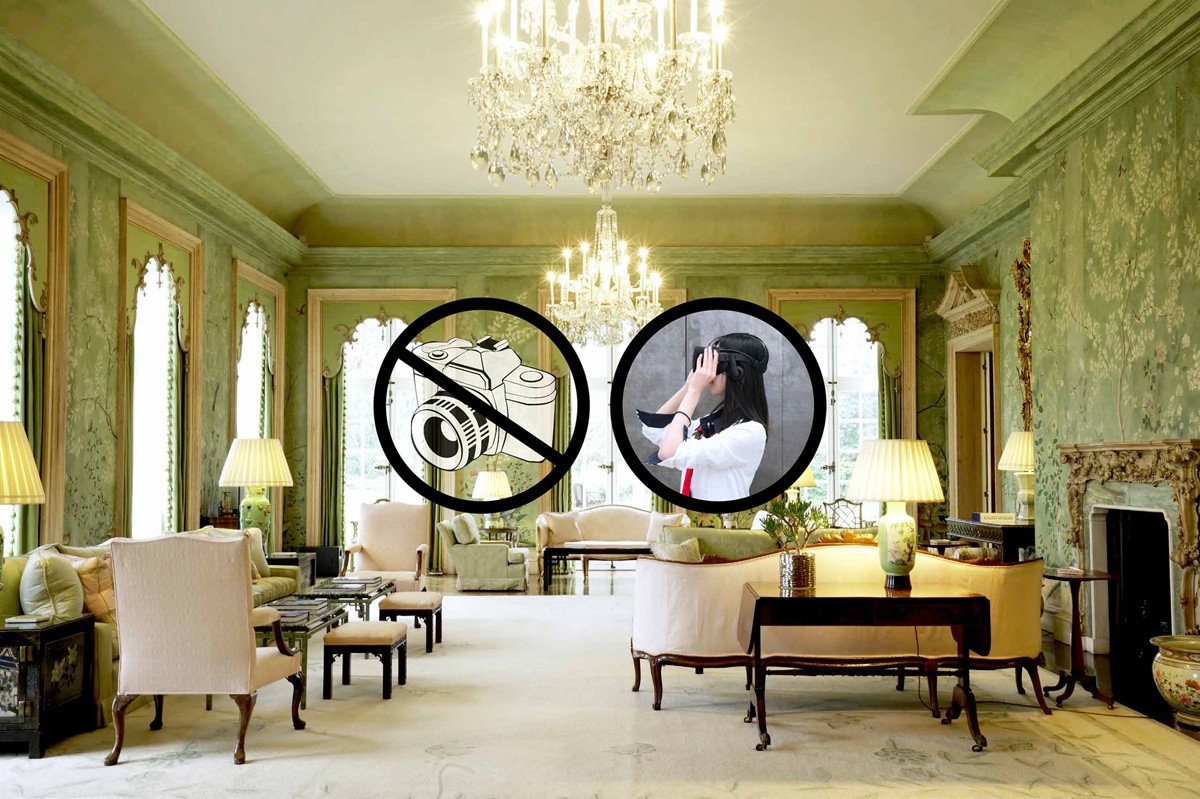
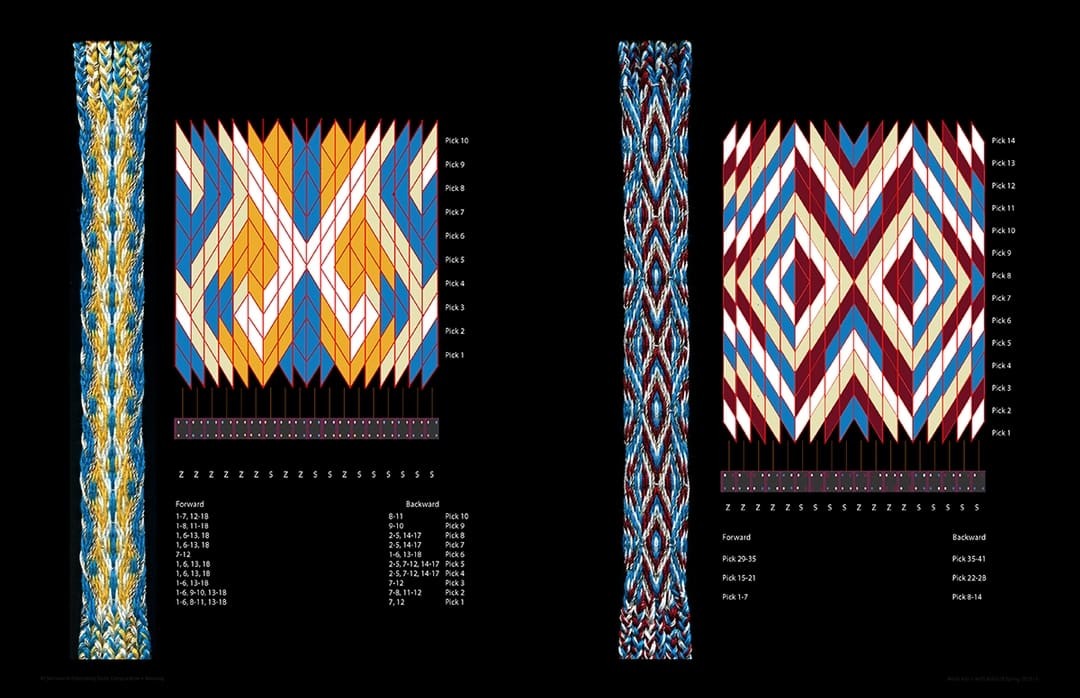


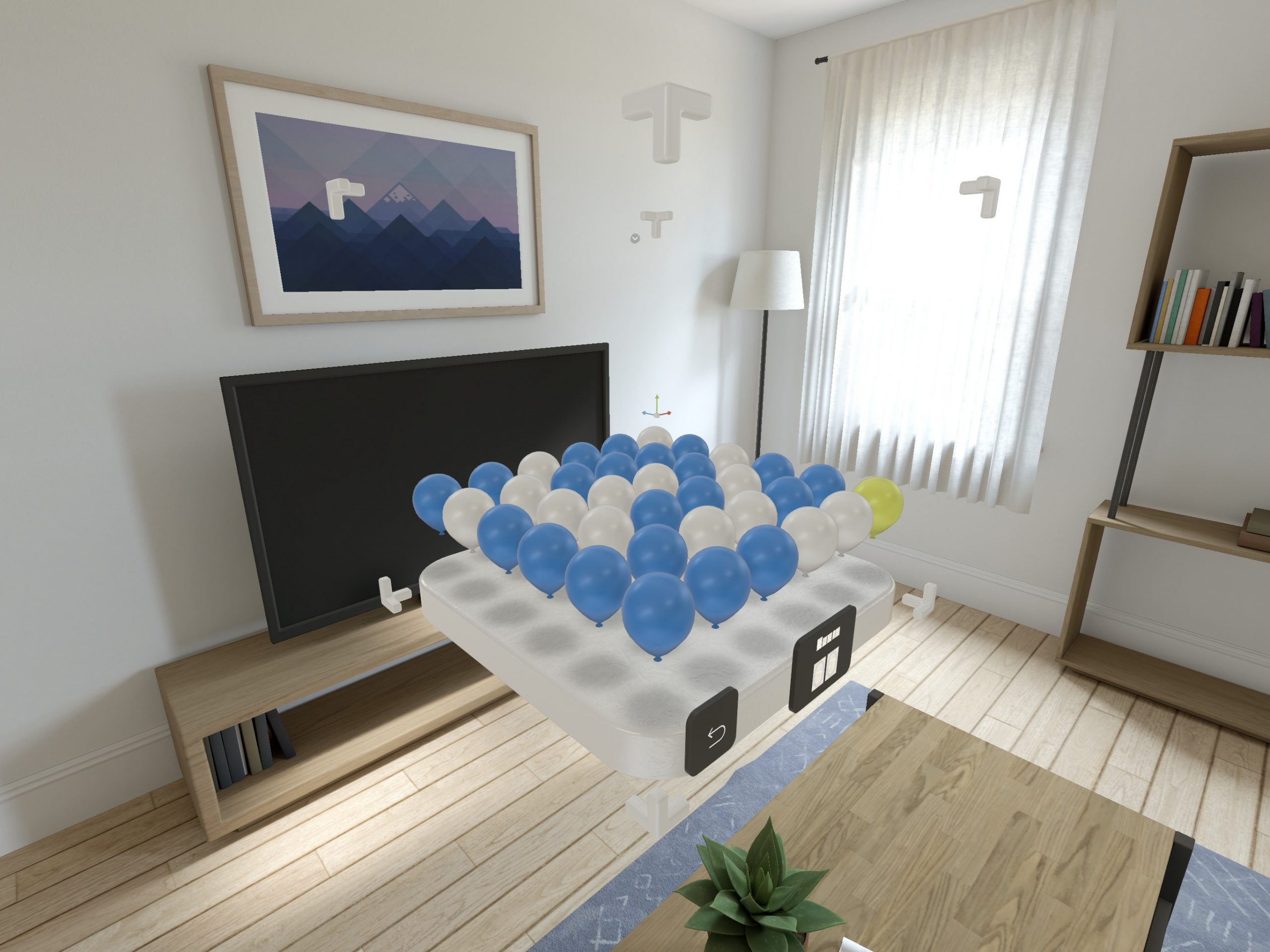
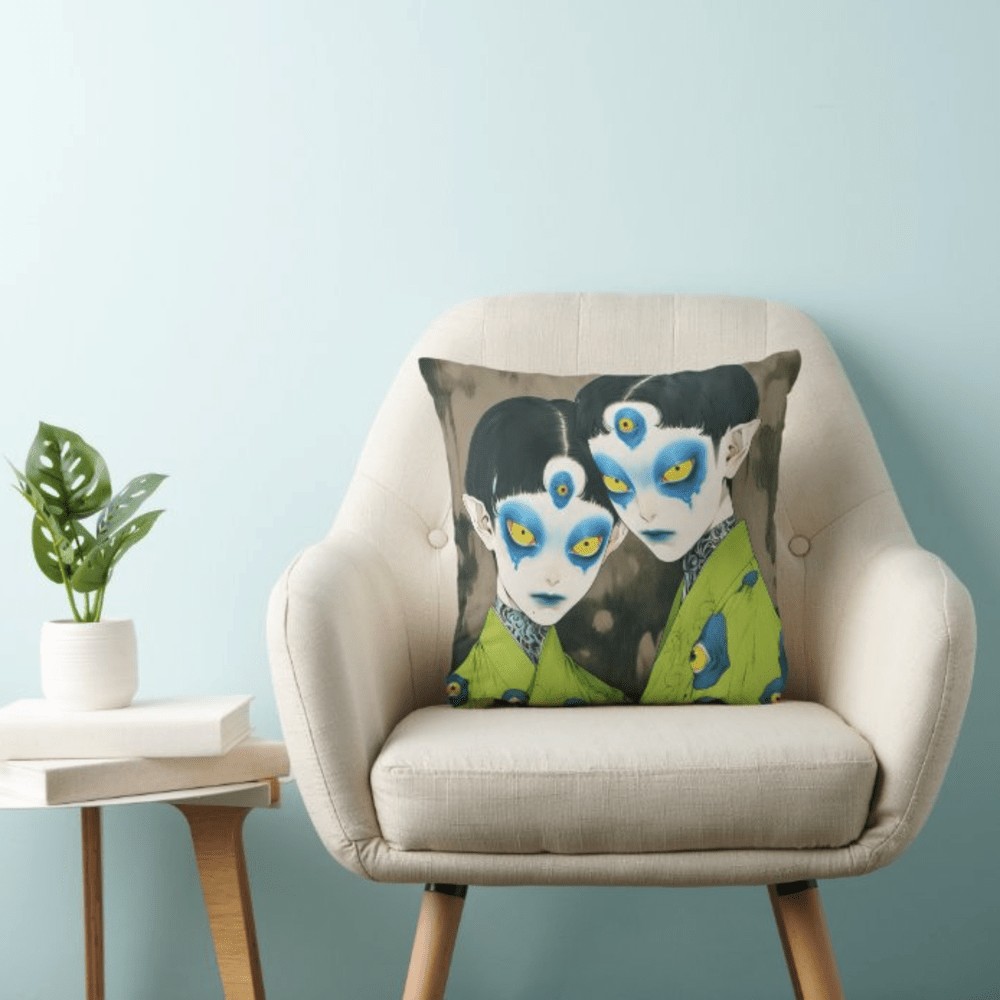
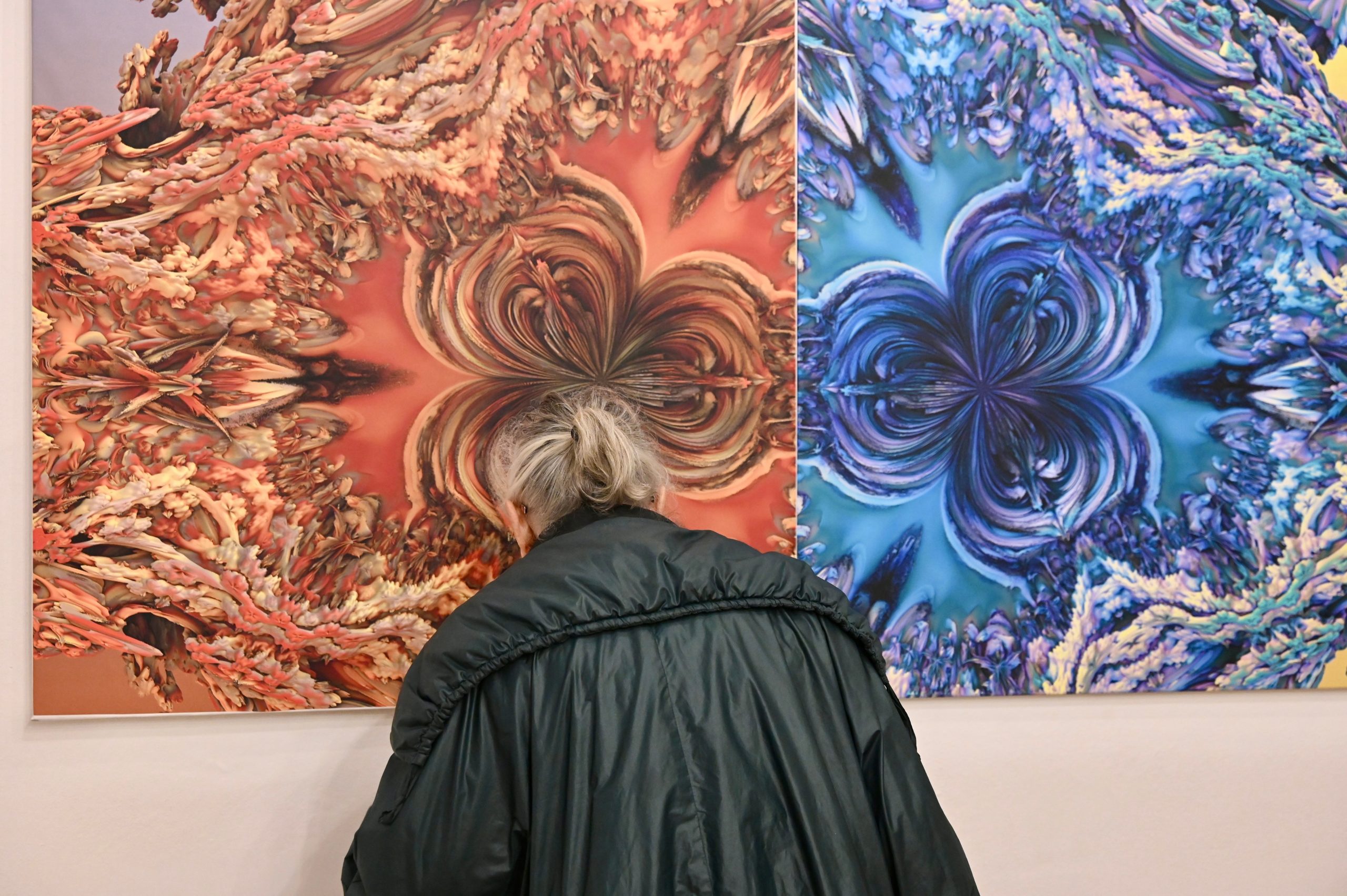
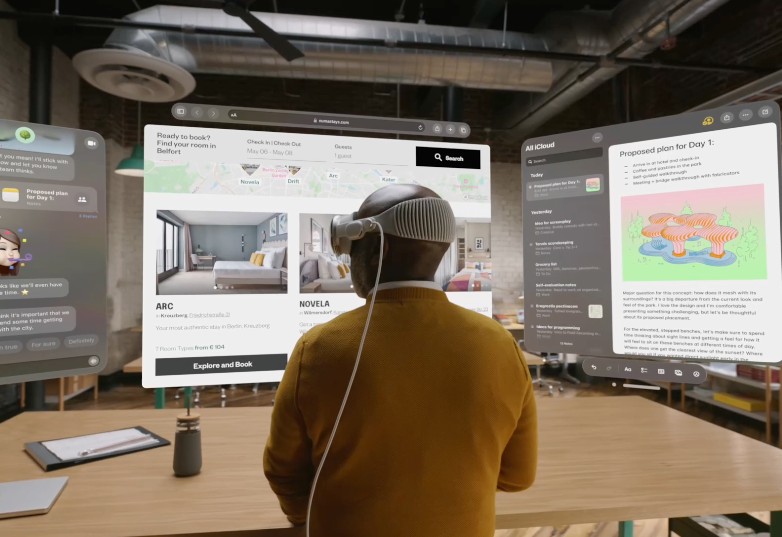
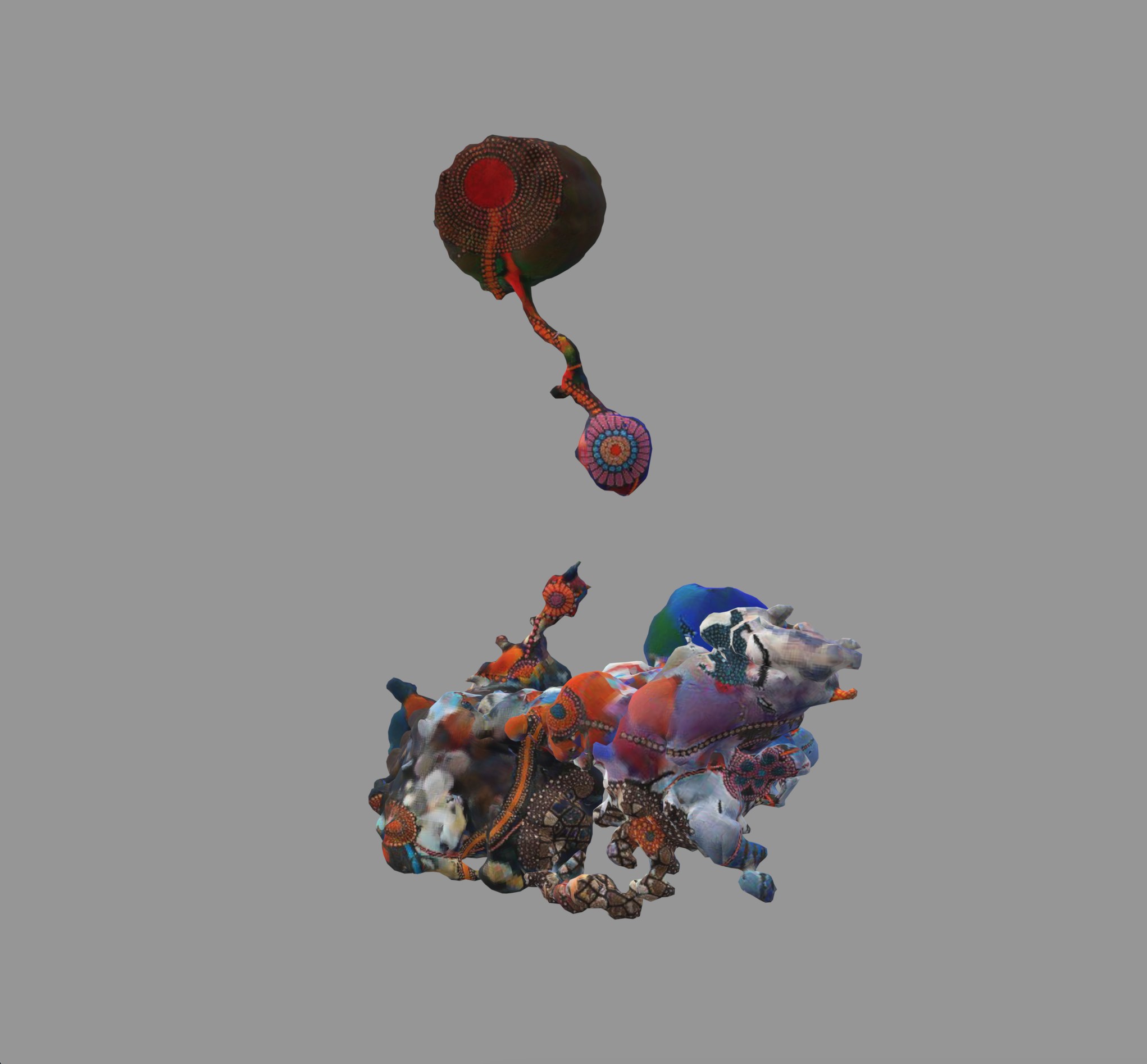

Image Credits











